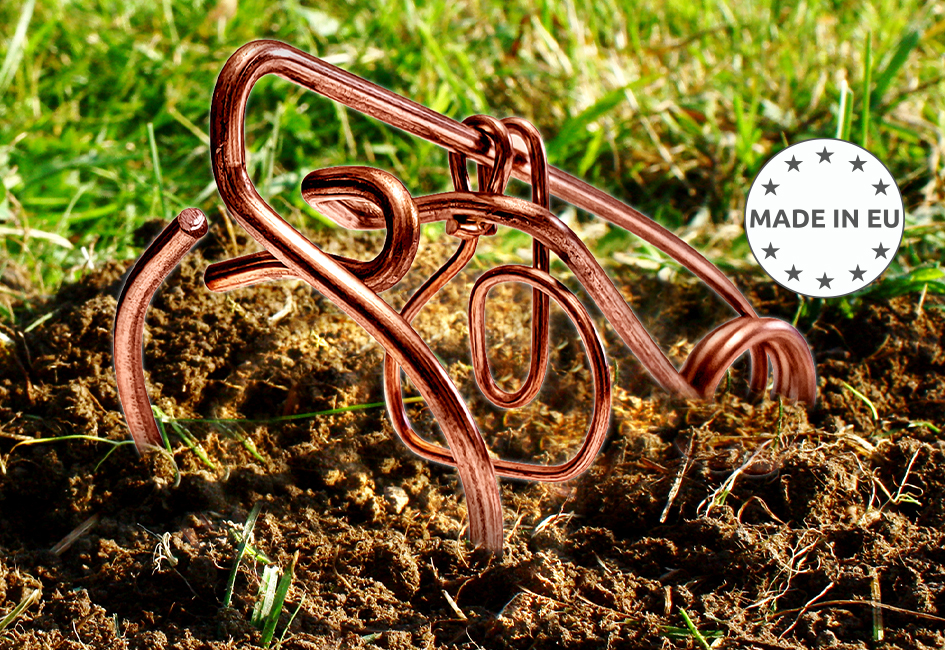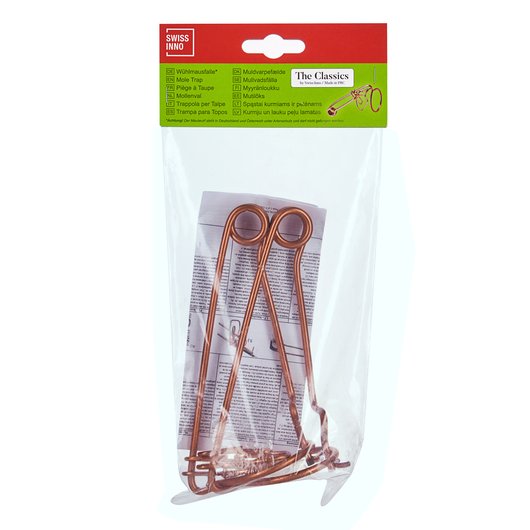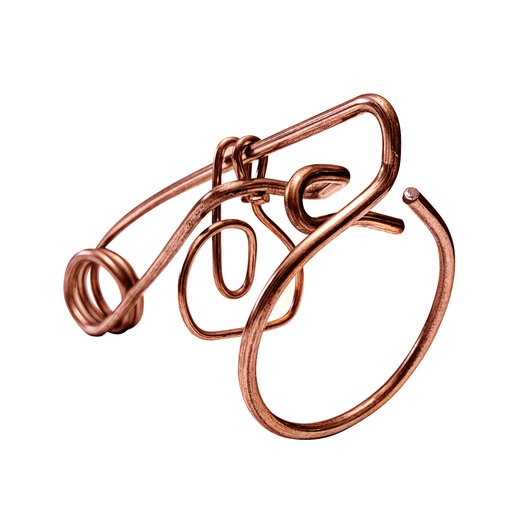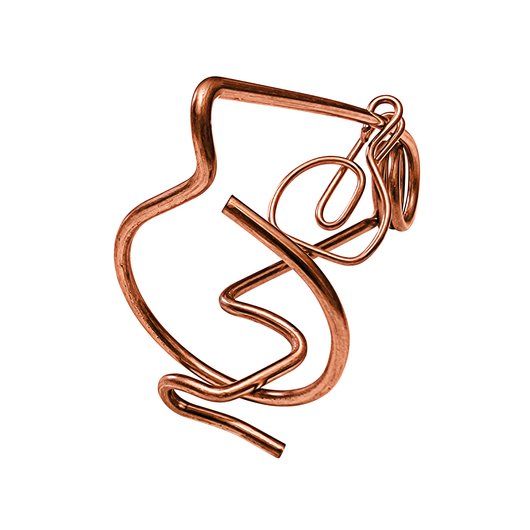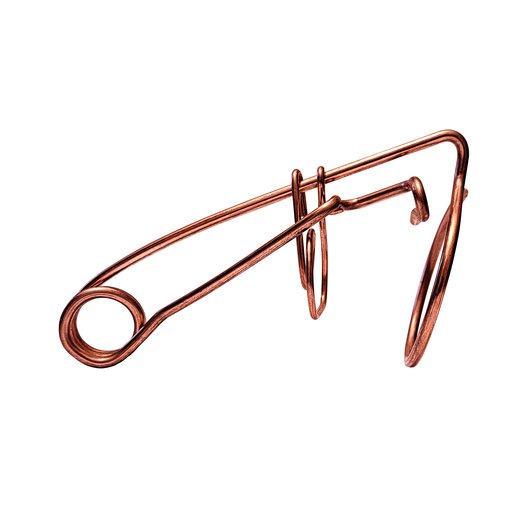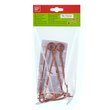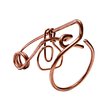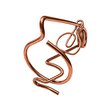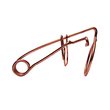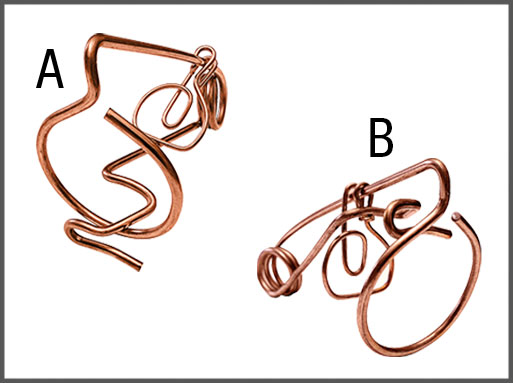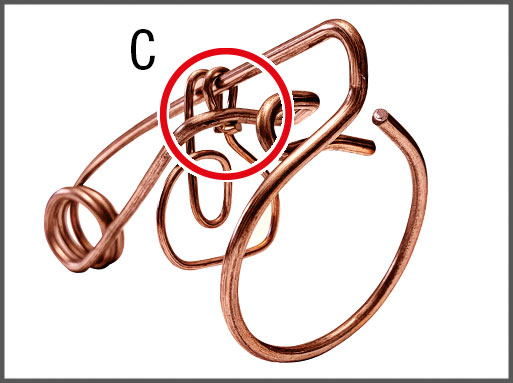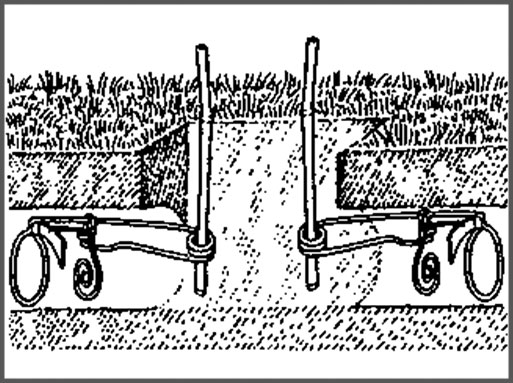- made of copper-plated steel wire
- very catchy
- bait attachment possible
- tried and tested millions of times
The burrows of the vole or mole runs just below the surface of the lawn, so our trap can easily be placed in one of the burrows of the rodent.
Ideal for protecting your garden from unwanted voles or moles!
In order to get rid of the voles or moles as quickly as possible, it is best to set several traps at the same time in different aisles of the rodents.
Voles and moles have a very sensitive nose. Be sure to wear gloves to protect against odors and your hand.
The trap made of copper-plated steel wire is quick to set and can be used again and again.


![[Translate to EN:] [Translate to EN:]](/files/pics/7/2/csm_Mouse__860x586px_4295e63b71.jpg)
![[Translate to EN:] indian-meal moth on oatmeal [Translate to EN:] indian-meal moth on oatmeal](/files/pics/b/6/csm_indian-meal-moth-on-oatmeal_low_659108f917.jpg)
![[Translate to EN:] Schnecken [Translate to EN:] Schnecken](/files/pics/5/f/csm_Slug__860x586px_da4b2d7f83.jpg)
![[Translate to EN:] Vogel [Translate to EN:] Vogel](/files/pics/8/9/csm_Bird__860x586px_273b7ffaf9.jpg)
![[Translate to EN:] Ratten [Translate to EN:] Ratten](/files/pics/0/9/csm_Rat__860x586px_e3e988d139.jpg)
![[Translate to EN:] Maulwurf [Translate to EN:] Maulwurf](/files/pics/2/e/csm_Mole__860x586px_d43e7e8948.jpg)
![[Translate to EN:] Marder [Translate to EN:] Marder](/files/pics/d/6/csm_Marten__860x586px_7508da5714.jpg)
![[Translate to EN:] Fliege [Translate to EN:] Fliege](/files/pics/a/d/csm_Fly__860x586px_66c70bb32f.jpg)

